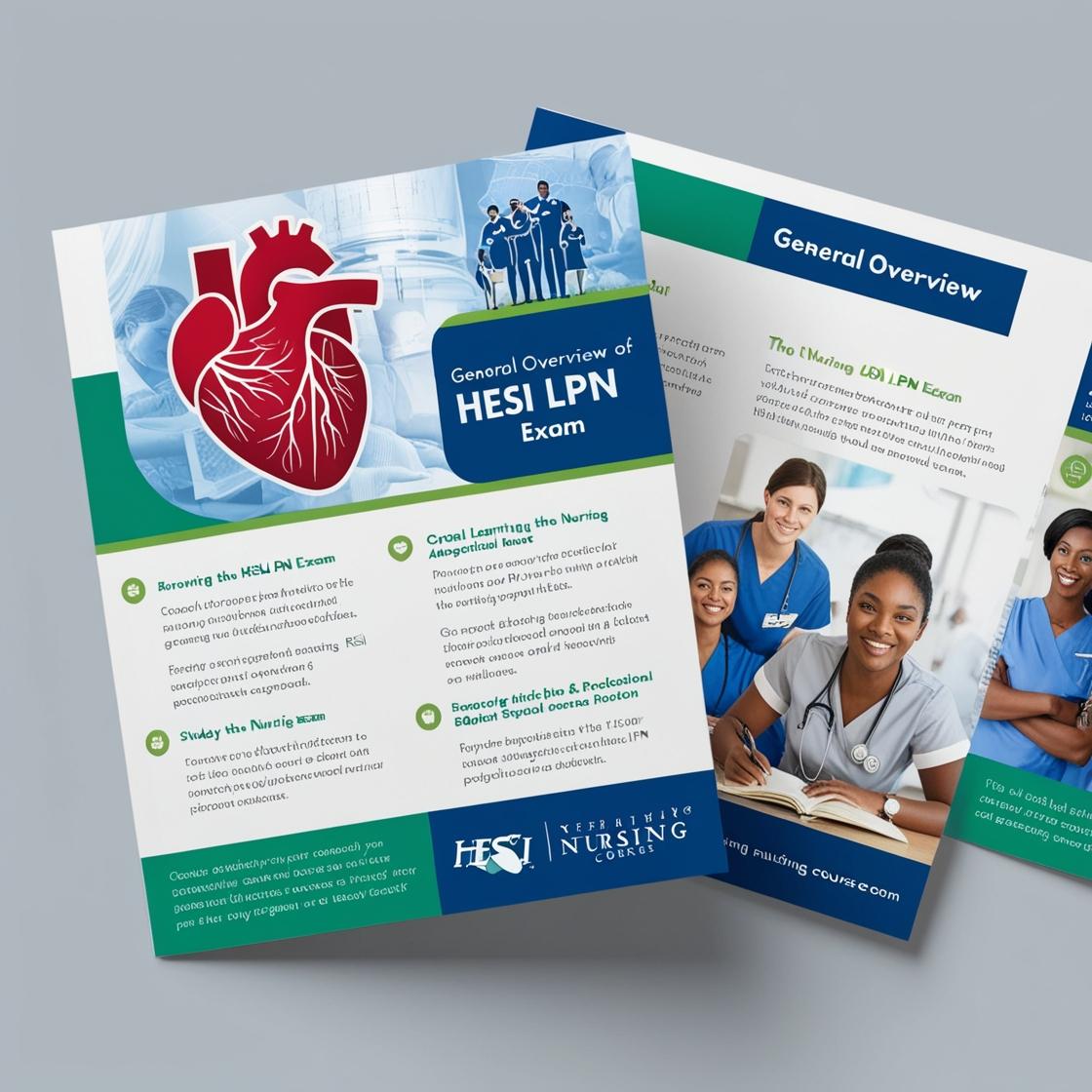HESI LPN
Community Health HESI Exam
1. Which topic should the nurse include in planning a primary prevention class for adolescents?
- A. Risk factors for heart disease.
- B. Dietary management of obesity.
- C. Suicide risks and prevention.
- D. Coping with stressful situations.
Correct answer: C
Rationale: The correct topic that the nurse should include in planning a primary prevention class for adolescents is suicide risks and prevention. Adolescents are particularly vulnerable to mental health issues, including suicidal ideation. Educating them about suicide risks and prevention strategies is crucial for early intervention and support. Choices A, B, and D are important topics, but when considering primary prevention for adolescents, addressing suicide risks and prevention takes precedence due to its immediate life-saving implications.
2. The following statements pertain to devolution as mandated by the local government code. Which of these is not correct?
- A. People can participate in policymaking relative to healthcare delivery.
- B. Devolution will enhance the quality of community life.
- C. The barangay shall set criteria as to who shall be given priority in the delivery of healthcare services.
- D. The DOH shall transfer regulatory function of inspecting food establishments to local government units.
Correct answer: D
Rationale: The correct answer is D. The Department of Health (DOH) retains regulatory functions for inspecting food establishments, and it is not transferred to local government units. Choices A, B, and C are correct because devolution allows people to participate in policymaking for healthcare, enhances community life quality, and empowers the barangay to set criteria for healthcare service prioritization.
3. James is an 18-month-old child who has had a cough for 7 days with no general danger signs, a temperature of 37.5°C, and a respiratory rate of 41 breaths per minute. How will you classify James' breathing?
- A. Slow breathing
- B. Fast breathing
- C. Normal breathing
- D. Very fast breathing
Correct answer: C
Rationale: The correct answer is 'Normal breathing.' A respiratory rate of 41 breaths per minute is considered normal for an 18-month-old child. Choices A, B, and D are incorrect because a respiratory rate of 41 breaths per minute falls within the normal range for a child of James' age and does not indicate slow, fast, or very fast breathing.
4. Which of the following is a key component of community-based participatory research?
- A. Conducting research in a laboratory setting
- B. Involving community members in the research process
- C. Focusing solely on quantitative data
- D. Ignoring community input
Correct answer: B
Rationale: The correct answer is B: 'Involving community members in the research process.' Community-based participatory research emphasizes the active involvement of community members in all aspects of the research process, from identifying research questions to interpreting and disseminating results. Choice A is incorrect because community-based participatory research typically takes place in real-world settings, not in laboratories. Choice C is incorrect because community-based participatory research values a mix of quantitative and qualitative data. Choice D is incorrect because community input is essential in this research approach.
5. As the immediate supervisor of the Rural Health Midwives, the PHN prepares a supervisory plan. Which of the following would be the PHN's activity?
- A. performing needs assessment
- B. listing supervisory activities
- C. identifying the training needs
- D. formulating objectives for supervision
Correct answer: B
Rationale: The correct answer is B: listing supervisory activities. When preparing a supervisory plan, the Public Health Nurse (PHN) needs to list the specific supervisory activities that need to be carried out. This helps in organizing and outlining the tasks that need to be accomplished to ensure effective supervision. Choices A, C, and D are incorrect because although needs assessment, identifying training needs, and formulating objectives are important aspects of supervisory planning, they are not specifically related to the act of preparing a detailed list of supervisory activities.
Similar Questions

Access More Features
HESI LPN Basic
$69.99/ 30 days
- 50,000 Questions with answers
- All HESI courses Coverage
- 30 days access @ $69.99
HESI LPN Premium
$149.99/ 90 days
- 50,000 Questions with answers
- All HESI courses Coverage
- 30 days access @ $149.99
